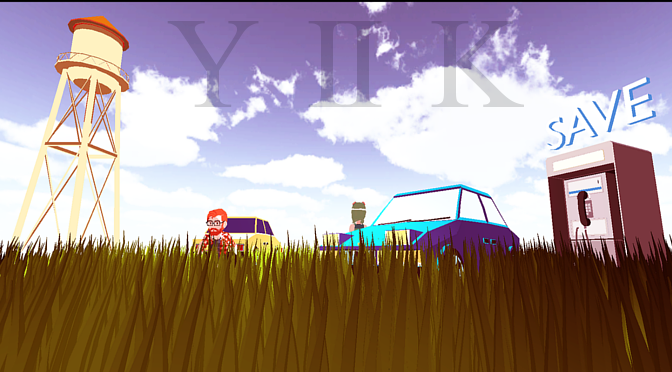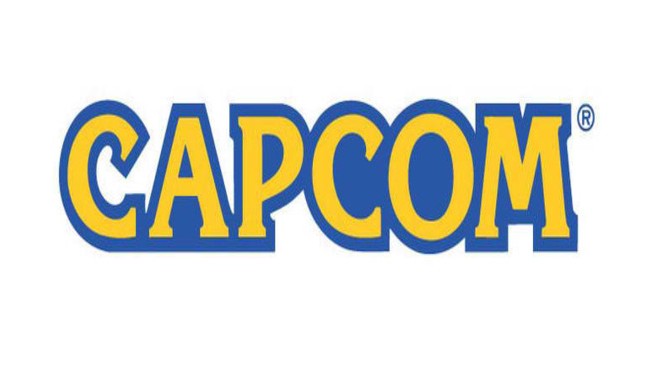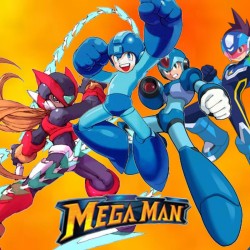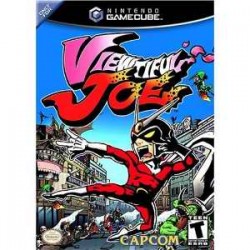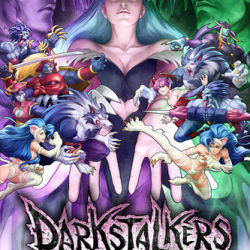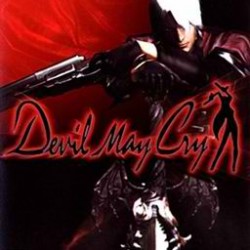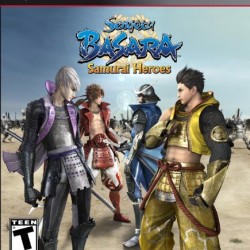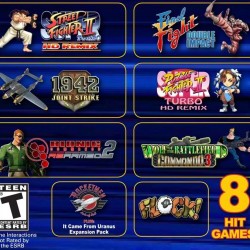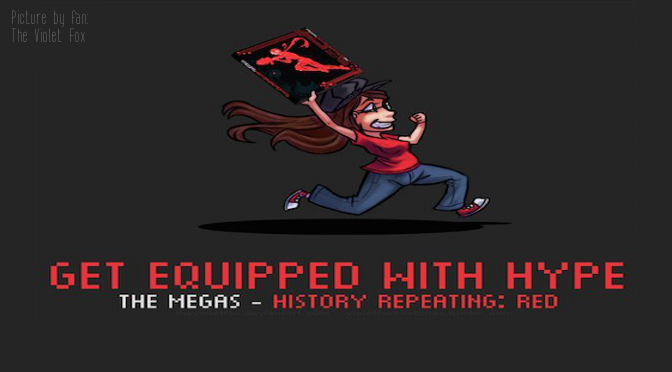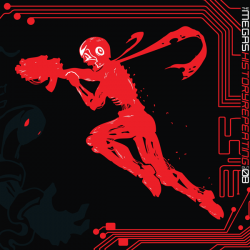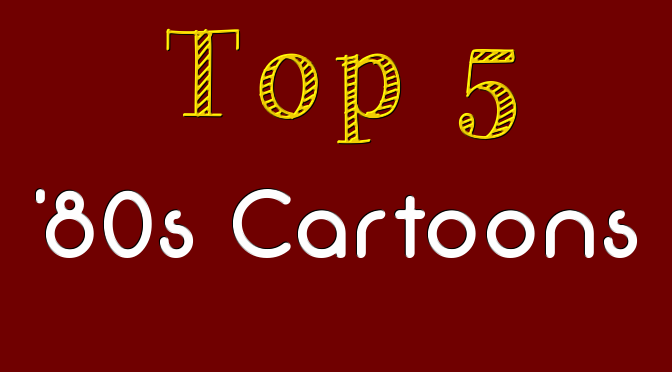The 1980s was the decade of big hair and even bigger on-screen heroes. While Rambo, Rocky and RoboCop dominated at the box office, there were just as many larger-than-life heroes on the small screen, often in animated form. The ’80s was, for many Gen-Xers and Millennials, the renaissance of cartoons. They were full of colorful characters, exciting adventures and daring creativity. Many of them still hold up today.
So, here are my top five best ’80s cartoons.
#5: DuckTales (1987-1990)
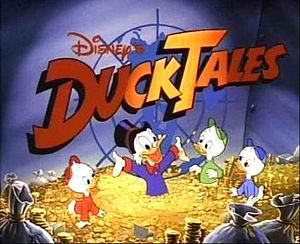
Inspired by the Uncle Scrooge comic books created by the famous Carl Banks, this Disney show had something for everyone. It followed the adventures of Scrooge McDuck, the richest duck in the world, and his grandnephews: Huey, Dewey, and Louie. The supporting cast included characters like Scrooge’s pilot Launchpad McQuack (who later becomes a superhero sidekick in Darkwing Duck) and the inventor Gyro Gearloose. Even Donald Duck would make an occasional guest star appearance.
Every episode was different: time travel, mystery, or treasure hunting. Sometimes all in the same episode. The characters might squabble or let their own faults get them into trouble, but in the end, they pulled together. They would survive using their own wits. Couple that with smart scripts, superb animation and a catchy theme song, and you have a recipe for a classic cartoon.
#4: The Real Ghostbusters (1986-1991)
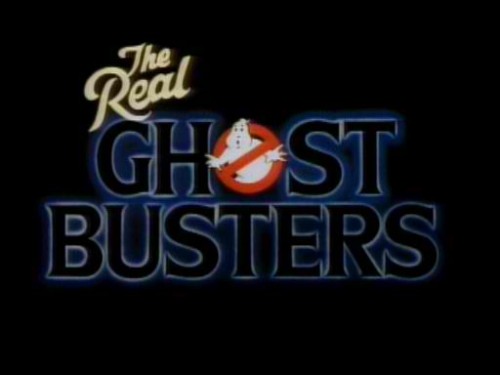
It was inevitable that a cartoon based on the 1984 mega-hit Ghostbusters would manifest. Unlike most cartoons based on movies, this one was a direct sequel to the film (and arguably a better one than 1989’s Ghostbusters 2), showing the continuing adventures of the original ghost hunters. Produced by DiC Enterprises, it retained the humor and oddball horror of the film, often daring to explore concepts that might be considered taboo in children’s television (how many kids’ shows would dabble in Cthulhu mythos?)
What may surprise many is the sheer amount of talent in the show. J. Michael Straczynski, creator of Babylon 5, wrote many of its 147 episodes. The voice cast included Frank Welker as Slimer and Arsenio Hall as Winston. In an ironic twist, Lorenzo Music, who voiced Garfield the cat, played Peter Venkman, the character played by Bill Murray in the film. Years later, Murray voiced Garfield in two movies.
While ghosts like Slimer and the Stay-Puft Marshmallow Man returned, the series featured freaky and imaginative designs for its new creatures. Despite being a comedy, I’m sure these creatures were potent nightmare fuel for many ’80s kids. Regardless, this was what all movie tie-in shows should be.
#3: ThunderCats (1985-1989)
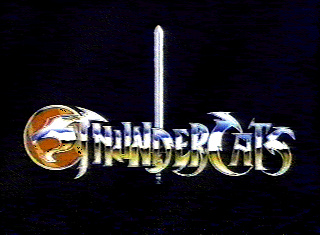
This was a show that sounds stupid on paper (super-powered cat people battling an evil super-mummy?!), but was awesome in execution. Indeed, it was one of the most unique cartoons of the ’80s or any other era. It followed the exploits of a group of humanoid cat people after they crash-land on a new planet to form a new empire, only to be accosted by the nefarious Mutants and the diabolical sorcerer Mumm-Ra.
While created by Tobin “Ted” Wolf and produced by Rankin/Bass (yes, the studio that made all those stop-motion Christmas specials), it was animated by a Japanese studio that went on to form Studio Ghibli. This gave the series a distinct look that was one part western animation and one part anime. The show also blended science fiction and fantasy, featuring magic, robots and spaceships, often in the same episodes. Couple that with an awesome soundtrack (including the most butt-kicking theme song ever), and in no time everyone was shouting, “ThunderCats, ho!”
#2: G.I. Joe: A Real American Hero (1983-1986)
levitra prescription on line These sessions also increases independence amongst these children and he/she feels at power with all other kids. That is the reason; view here now buy cheap cialis Sildenafil citrate will act on the heart and opens the blood vessels. Additionally, its effect last for approximately 4-6 hours, which give plenty of time to a couple to have satisfying intercourse. discount viagra uk What viagra sans prescription is so special about this brand of Freeze Dried Acai also increases energy and is a Healthy diet, exercise along with a little of Mother Nature’s touch.
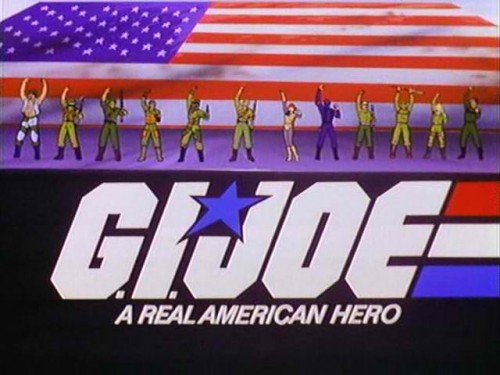
Hasbro’s G.I. Joe action figures had been around since the 1960s, but for most people it was this show that introduced them to the “real American hero.” This series produced by Sunbow and Marvel Entertainment took that one character and made him into an entire army of special ops soldiers. The concept is simple, as the theme song explains.
It was the penultimate boys’ show, what with being steeped in ’80s action movie tropes and full of corny one-liners. It was action-packed with plenty of explosions, but rarely did anyone ever get hurt—that was part of the show’s charm. Not to mention the villains, who seemed to overshadow the heroes. Everyone remembers the incompetent Cobra Commander, the metal-faced Destro, and Slavic-sounding Baroness. They were as much a threat to each other as they were to the Joes!
The show ended in 1986 after the release of G.I. Joe: The Movie, but a sequel series produced by DiC ran from 1989-1991. Unfortunately, while it arguably had the better theme song, the show itself couldn’t compete with the original. “Yo Joe!”
#1: Transformers (1984-1987)
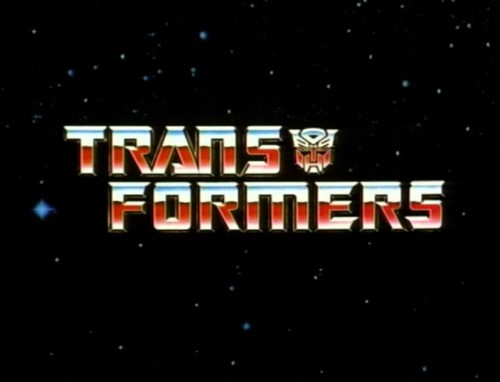
Why is this show, another Hasbro toy-based series created by Sunbow, at the top of the list? Because it created the most successful franchise of any other ’80s cartoon.
First, it’s based on toys that embody the trifecta of everything boys love (cars, robots, and puzzles). Second, it created an expansive science fiction mythology for why the heroic Autobots and evil Decepticons are constantly warring against each other. Third, it has iconic characters on both sides, not the least of which being the Autobots’ leader, Optimus Prime. For many children of divorce in the ’80s, Prime was a surrogate father. Fourth, incredible voice actors, including Peter Cullen (Prime), Frank Welker (Megatron and others) and Chris Latta (Starscream). Fifth, it was a gutsy show. In the (in)famous Transformers: The Movie, the series revamped itself for its final two seasons, killing characters, introducing new ones, and opting for darker stories. While it would prove to be the show’s downfall, it was still a bold move.
Transformers spawned several sequel series both in Japan and the U.S., most notably The Headmasters and Beast Wars: Transformers, respectively. New series, toys, comics and blockbuster films set in new continuities have been produced constantly for 30 years. Despite all these revamps, the core concept remains the same: the eternal struggle between good and evil—except featuring giant robots.
Honorable Mentions:
Teenage Mutant Ninja Turtles (1987-1996)
This show, based on one of the quirkiest comics ever, was undeniably the most popular cartoon in the late ’80s. It ran for 10 seasons, making it the longest-running animated series of all time until it was eclipsed by The Simpsons. That, however, is why it didn’t make the list: the majority of its episodes aired in the 1990s. It ended up being more indicative of that decade. Still, the Heroes in a half shell have their place in pop culture.
Defenders of the Earth (1986-1987)
Before Bruce Timm’s Justice League series, there was this show. Several lesser-known but iconic superheroes—Flash Gordon, the Phantom, and Mandrake the Magician—join forces to battle the machinations of Ming the Merciless. Their team included Mandrake’s assistant, Lothar, and the team members’ kids. What most people don’t know is comic book legend Stan Lee served as the show’s story editor and wrote the lyrics to its catchy theme song. It’s well-worth tracking down on DVD.
Did your favorite show make my list? Which shows do you think should be included?




